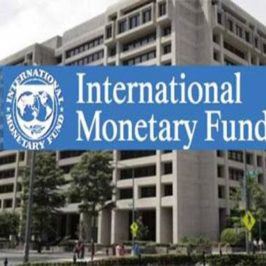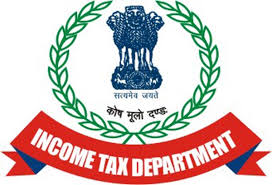
A Securities and Exchange Board of India (Sebi) panel on Friday proposed tighter ownership and governance norms for registrar and transfer agents (RTAs).
According to a discussion paper released by Sebi, the panel, headed by former Reserve Bank of India (RBI) deputy governor R. Gandhi, felt that since RTAs manage sensitive investor-related data, there need to be stricter governance rules for them.
RTAs maintain detailed records of all investor transactions in mutual funds and shares. They also help investors complete their transactions and receive a record of their account statements.
This is the second discussion paper by the panel after some market participants suggested it should add credit rating agencies (CRAs), RTAs and debenture trustees (DTs) in the list of market infrastructure institutions (MIIs) and frame stricter norms for them, similar to those followed by MIIs such as exchanges, depositories and clearing corporations.
The panel, however, felt RTAs, CRAs and debenture trustees need not be categorized as MIIs but suggested that RTAs should have tighter norms.
In September 2017, Sebi had defined qualified RTAs (QRTAs) as “RTAs servicing more than 20 million folios”. The Sebi panel felt that once an RTA becomes a QRTA, enhanced ownership norms should be applied to them.
In India, there are only two RTAs (Karvy Computershare Pvt. Ltd. and Computer Age Management Services Pvt. Ltd.) which service 90% of the mutual fund folios. Karvy has around 40% market share in corporate folios.
The Sebi panel said QRTAs should either have a dispersed ownership or be owned by regulated entities or entities in the business of RTA.
While regulated entities can be allowed to hold 100% in RTAs, unregulated entities should not be allowed to hold more than 49% collectively and 15% individually in RTAs, the panel said. If the QRTA is an in-house entity or one that performs the function exclusively for one entity only, such ownership norms may not be required, the paper said. However, when an RTA becomes a QRTA, it may be given five years to achieve the proposed ownership structure, said the Sebi panel.
Sebi proposed that the board of RTA should have public interest directors (PIDs) when it becomes a QRTA.
“If the chairperson is a non-executive director, the QRTA shall have at least one-third of the board of directors as PIDs; and where the QRTA does not have a regular non-executive chairperson, it shall have at least half of the board of directors as PIDs,” according to the Sebi panel.
With regard to CRAs, the panel said since Sebi has already put in place tighter norms for CRAs, they need not be categorized as MIIs and be subjected to further stringency.
However, the panel proposed that the so-called “Appeal Committee” in CRAs should be renamed as ‘Review Committee’, as the word appeal has a legal connotation to it. Further, the review committee of CRAs should have independent members, the Sebi panel said.
On DTs, which act as intermediaries between the issuer of debentures and the holders of debentures, the Sebi panel said there are already quite a few challenges before them in performing their obligations and that the function of DTs is still evolving. “Therefore, the committee is of the view that the review of ownership and governance of DTs is not the immediate priority.”
Source: Live Mint





